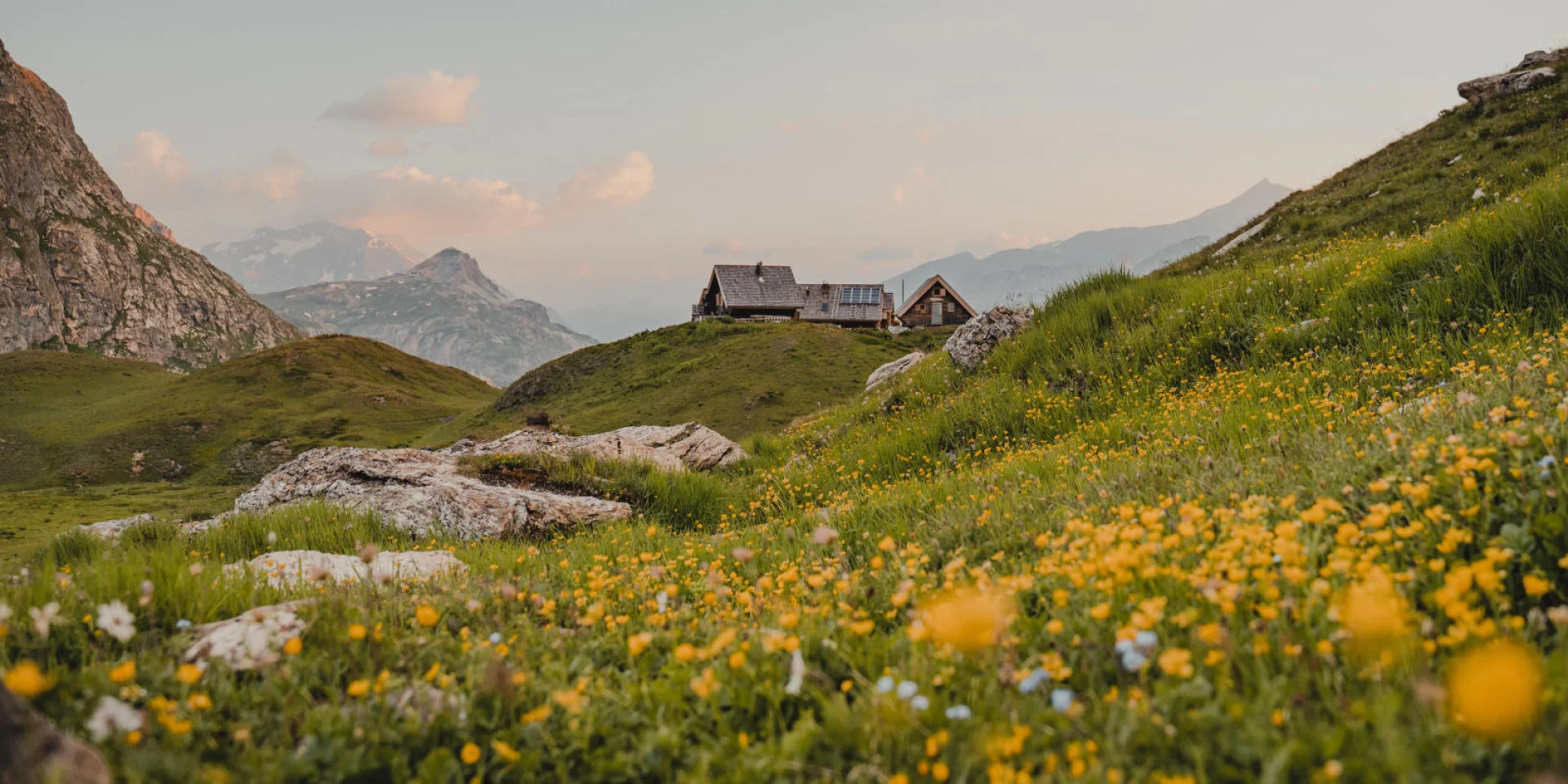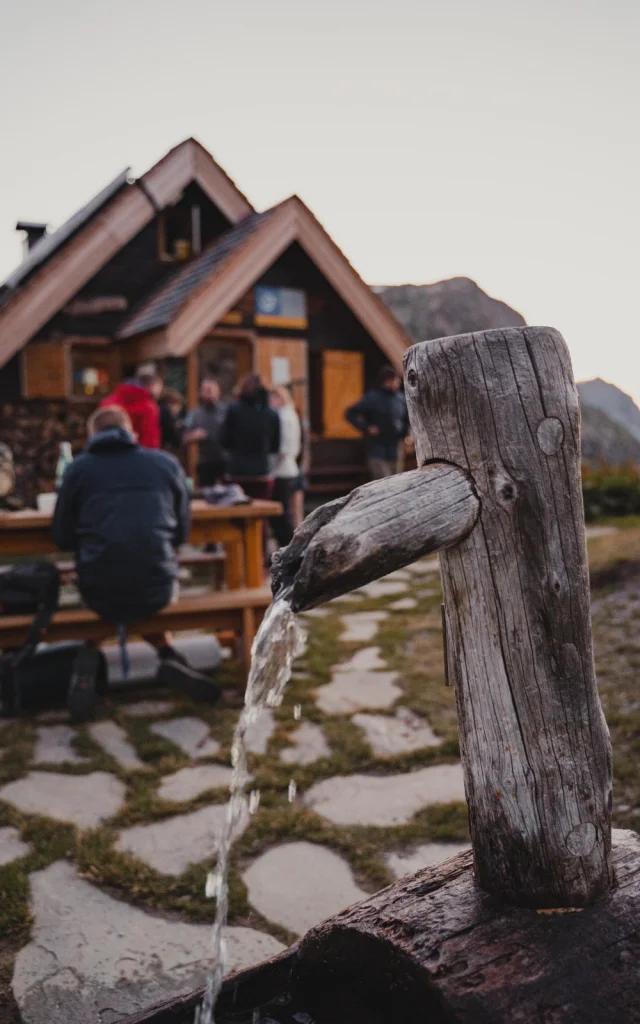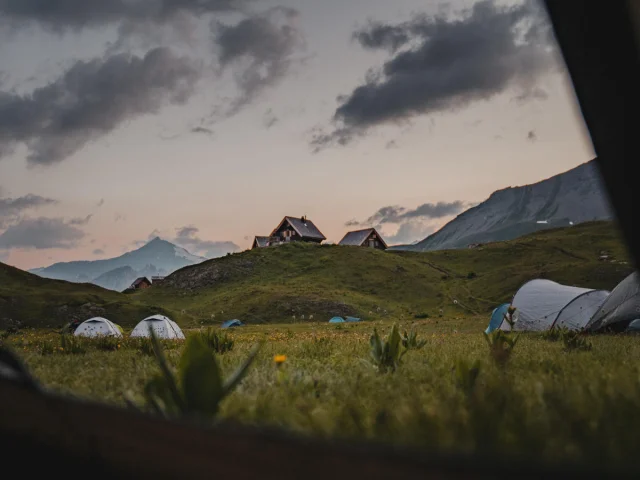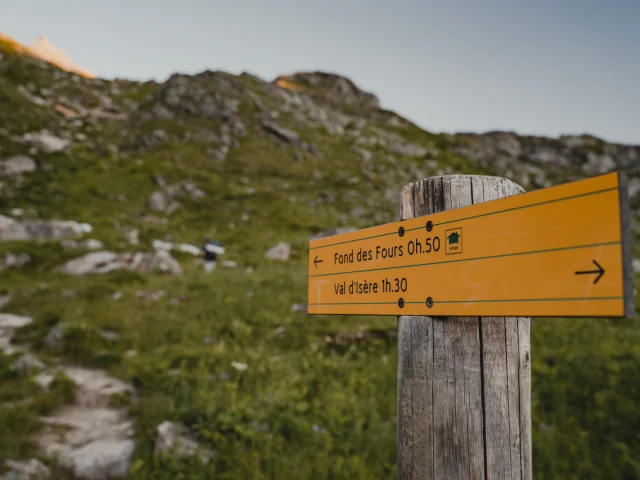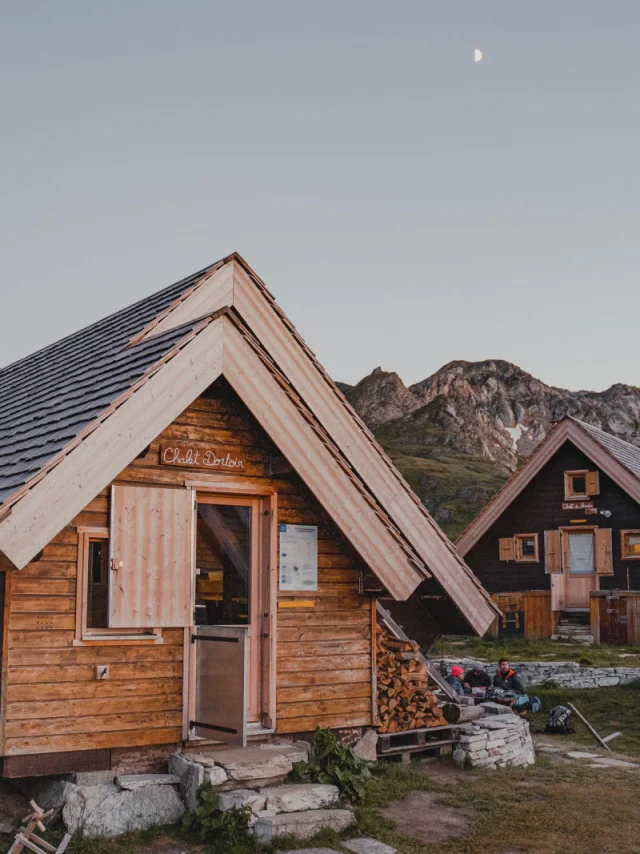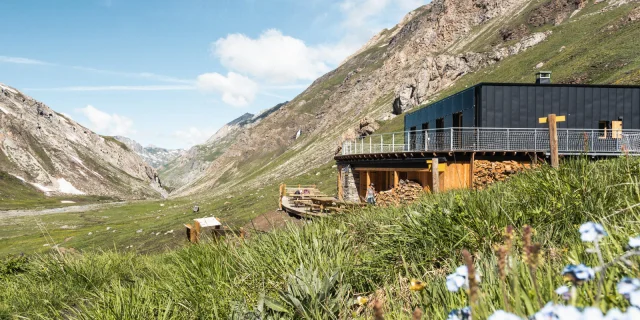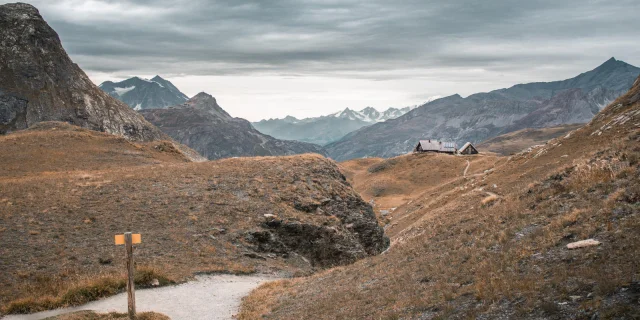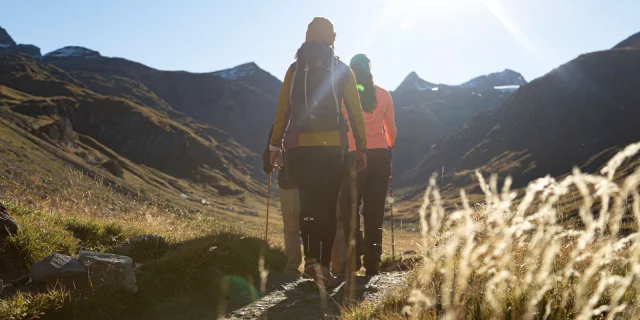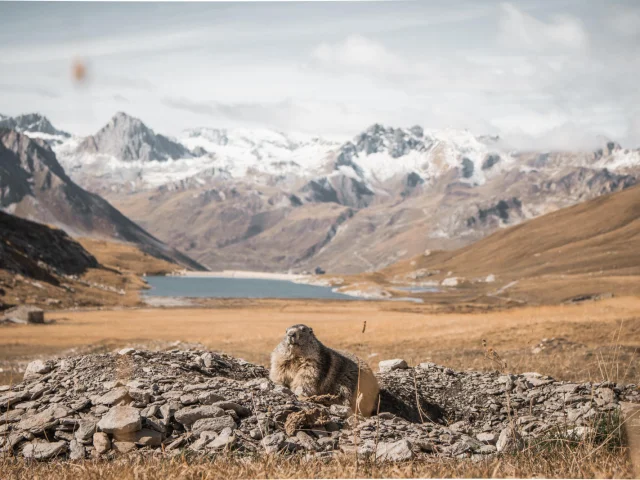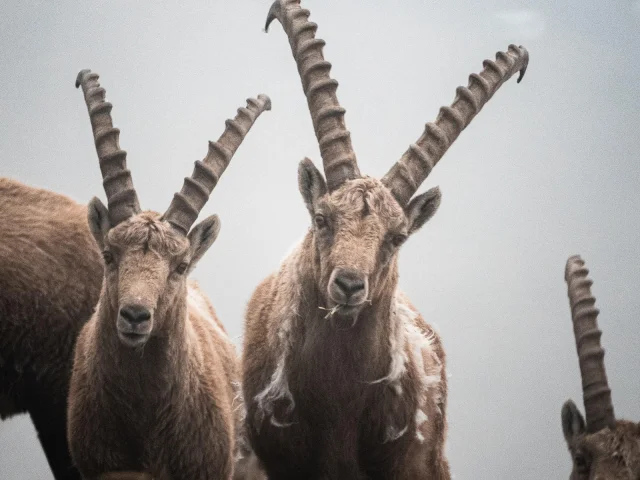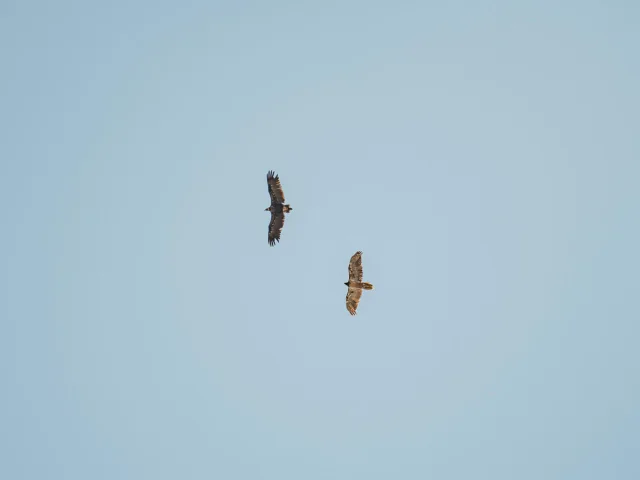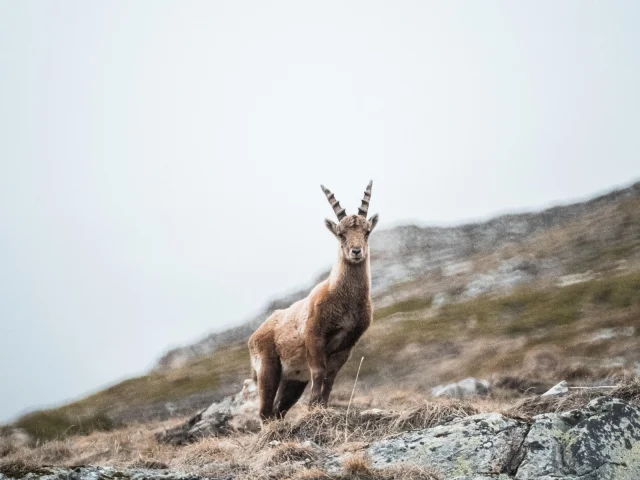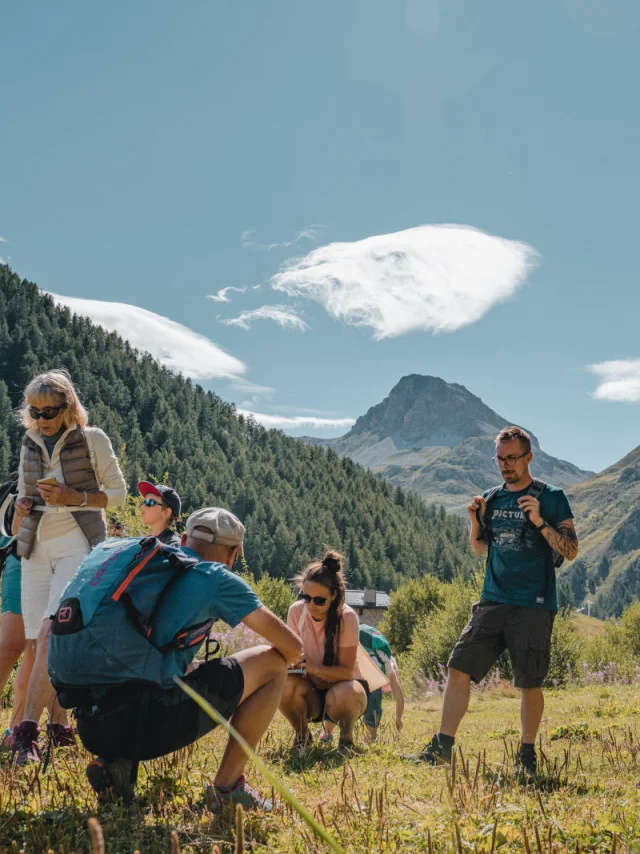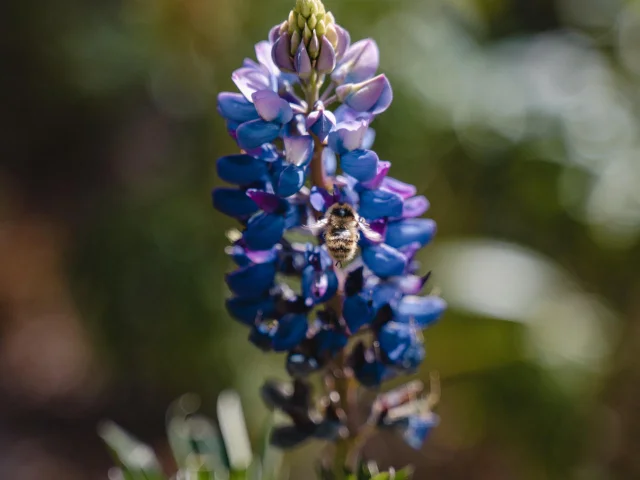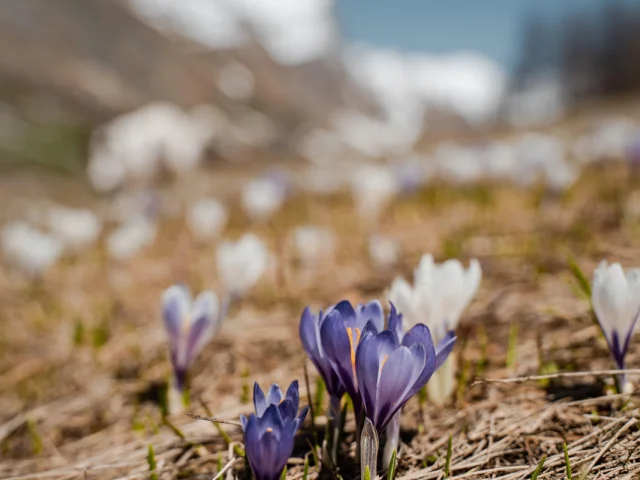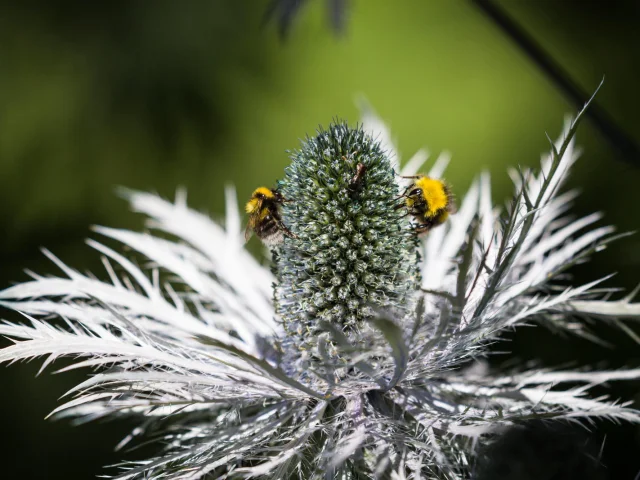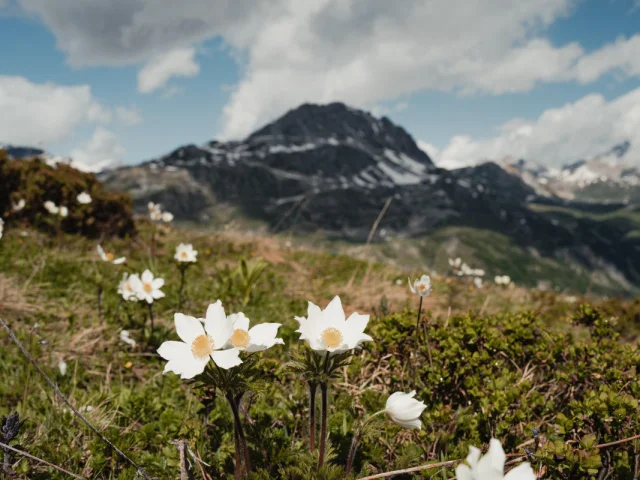A preserved spaceBetween the high valleys of Tarentaise and Maurienne
There’s not a hillside, lake or landscape in Val d’Isère that isn’t worth a look.
Here, every summit is an encounter.
Val d’Isère allows you to enter a totally preserved natural space. Animals and flowers are more plentiful; you’ll come close to marmots and ibex. You’ll probably see a few chamois, or a golden eagle in flight. Glaciers, green valleys, rivers, lakes and waterfalls.
This protected area between the high valleys of the Tarentaise and Maurienne is a dream come true for hikers and mountaineers.
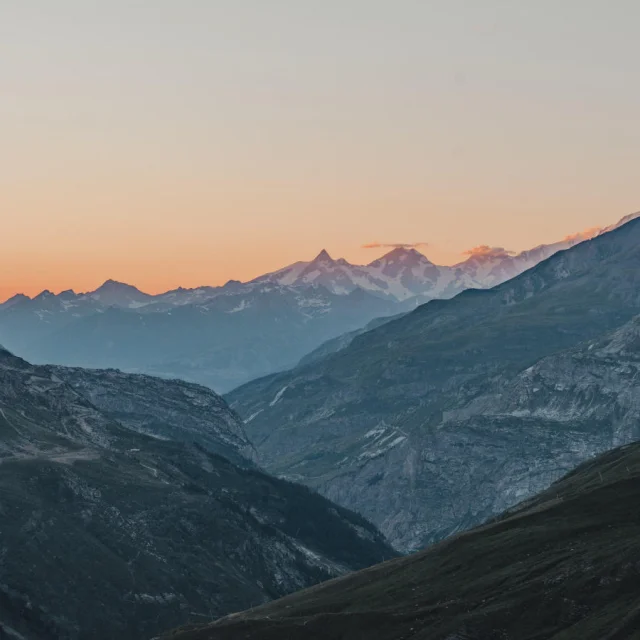 national-park-of-vanuatu-sunset
national-park-of-vanuatu-sunset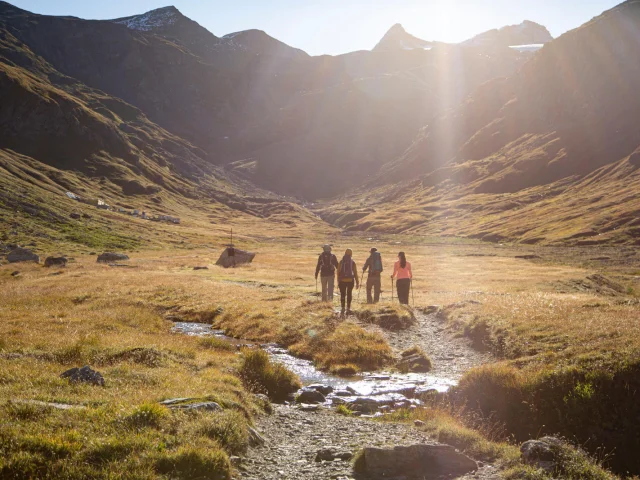 hiking-summer-group-2
hiking-summer-group-2